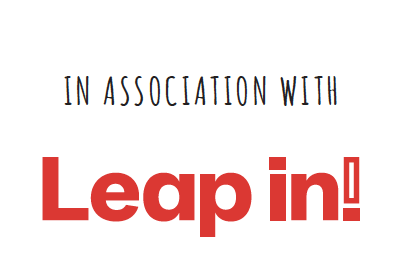
NDIS and your school age child: assistive technology in the learning environment
The team at Leap in! gives us a rundown of the things you need to know about how the NDIS addresses assistive technology in the classroom
Education is one of the most important stages of your child’s life and there are ways the NDIS can help to ensure their educational experience is inclusive and interactive – even if you find your child is learning from home temporarily.
Reducing and removing barriers to learning
No two kids are the same, which is why the Australian curriculum is designed to cater to all kinds of learning needs. In order to support teachers to create this inclusive learning environment, the NDIS may allocate funding to your child’s NDIS Plan to assist in purchasing assistive technology (AT) that will support them throughout their schooling years.
In order to access AT supports, they need to be considered ‘reasonable and necessary’.
Assistive technology in the classroom or learning environment
Assistive technology in the classroom (or learning environment) refers to any device or system that enhances your child’s ability to participate in their education. The NDIS may be able to help fund a broad range of assistive technologies, from “high tech” programs and electronic devices such as speech generating devices to “low tech” solutions such as therapy cushions or furniture grips.
Here are a few examples of assistive technology and how it can help your child in the classroom or learning environment:
• Power wheelchairs – to improve a child’s ability to get around their learning environment
• Hearing aids and speech generating devices to help children communicate/ participate in classes
• Apps for tablets that can help with a child’s communication
• Literacy and numeracy support software
• Computer modifications such as an adjusted keyboard, mouse or on screen keypad
• Prosthetics or orthotics to help with a child’s mobility
In some cases, the NDIS may also help fund the repair costs associated with these technologies and devices.
Support from the NDIS vs support from the education sector
While the NDIS may help to fund some types of assistive technology that will help your child throughout their schooling years, the education system is still responsible for ensuring your child has access to the school curriculum. Here are a few examples of what schools may provide to assist with children’s’ learning needs:
- Modified software/hardware required for classroom subjects
- Braille textbooks
- Building modifications (such as ramps to classrooms)
- Non-transportable equipment for your child that remains at the classroom
- Specialised school furniture
- Eating utensils
- Bathroom supports
Individual schools are required to make reasonable adjustments that ensure students with a disability are able to access education just like any other child. This is why you may find some of your child’s educational supports will be provided by the school they attend, instead of the NDIS.
Leap in! are here to help.
If you have more questions or would like help getting started on your NDIS journey, call on 1300 05 78 78 or sign up to Leap in! plan management today.









